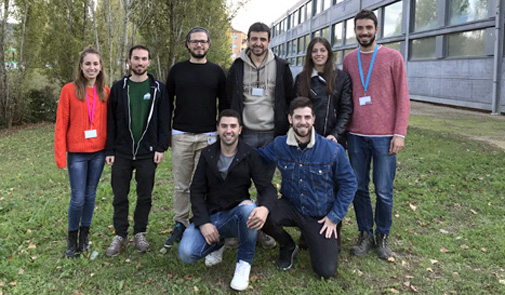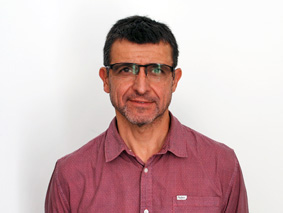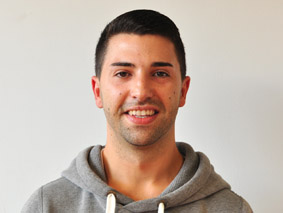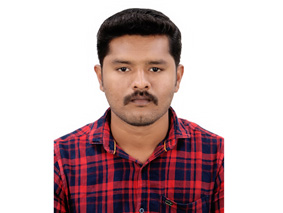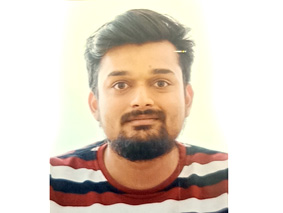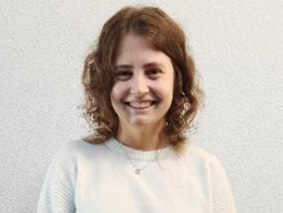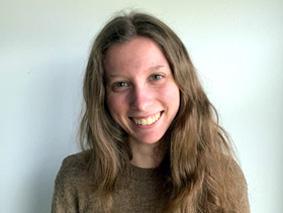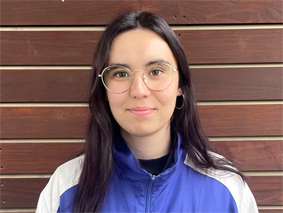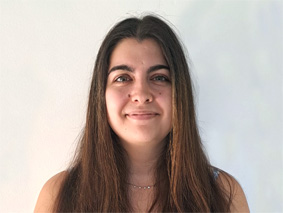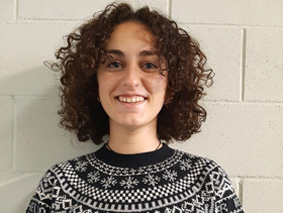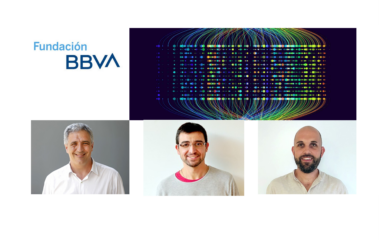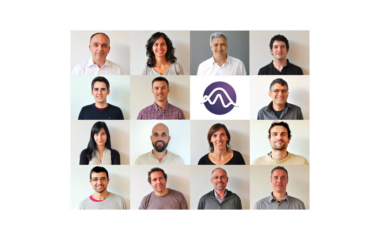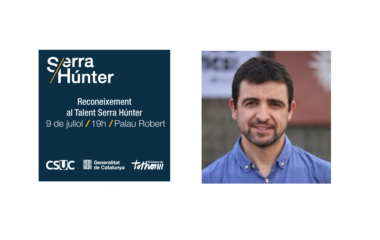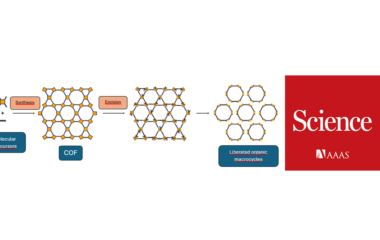Selected publications
Fabian M. Steudel, Ernest Ubasart, Luigi Leanza, Míriam Pujals, Teodor Parella, Giovanni M. Pavan, Xavi Ribas, Max von Delius
Synthesis of C60 /[10]CPP‐Catenanes by Regioselective, Nanocapsule‐Templated Bingel Bis‐Addition
Angew Chem Int Ed, 2023, — , e202309393
DOI: 10.1002/anie.202309393
Míriam Pujals, Tània Pèlachs, Carles Fuertes-Espinosa, Teodor Parella, Marc Garcia-Borràs, Xavi Ribas
Regioselective access to orthogonal Diels-Alder C60 bis-adducts and tris-heteroadducts via supramolecular mask strategy
Cell Reports Physical Science, 2022, 3, 100992
DOI: 10.1016/j.xcrp.2022.100992
Ernest Ubasart, Oleg Borodin, Carles Fuertes-Espinosa, Youzhi Xu, Cristina García-Simón, Laura Gómez, Judith Juanhuix, Felipe Gándara, Inhar Imaz, Daniel Maspoch, Max von Delius, Xavi Ribas
A three-shell supramolecular complex enables the symmetry-mismatched chemo- and regioselective bis-functionalization of C60
Nat. Chem., 2021, 13, 420-427
DOI: 10.1038/s41557-021-00658-6
Carles Fuertes-Espinosa, Cristina García-Simón, Míriam Pujals, Marc Garcia-Borràs, Laura Gómez, Teodor Parella, Judit Juanhuix, Inhar Imaz, Daniel Maspoch, Miquel Costas, Xavi Ribas
Supramolecular Fullerene Sponges as Catalytic Masks for Regioselective Functionalization of C60
Chem., 2020, 6, 169-186
DOI: 10.1016/j.chempr.2019.10.010
Lorena Capdevila, Tjark H. Meyer, Steven Roldán-Gómez, Josep M. Luis, Lutz Ackermann, Xavi Ribas
Chemo-Divergent Nickel(0)-Catalyzed Arene C–F Activation with Alkynes: Unprecedented C-F/C-H Double-Insertion
ACS Catal., 2019, 9, 11074?11081
DOI: 10.1021/acscatal.9b03620
Xavi Ribas (1974, Santa Coloma de Farners) obtained his PhD in Chemistry at the University of Girona (UdG) in 2001, and he carried out a 3-year postdoc at ICMAB-CSIC in 2002-2004. He was promoted to Associate professor in Chemistry at UdG in 2006. His research over the last years has been focused on three main projects; a) Fundamental mechanistic studies on redox transition metals in organometallic cross coupling and C-H activation and functionalization of arenes, b) Study of structural and functional modelling of non-heme Fe, Mn and Cu oxygenases and its application as selective oxidation catalysts, c) development of nanocapsules for catalysis at the confined space, host-guest reactions and purification of fullerenes and endohedral metallofullerenes (EMFs).
He was awarded with an ICREA-Acadèmia prize in 2010, and an ERC-Starting Grant in 2011 (ERC-2011-StG-277801, till Nov 2017), the latter on C-X and C-H functionalization involving Cu(III) species. Moreover, he obtained two consecutive grants from MINECO (CTQ2013-43012-P, CTQ2016-77989-P). He was awarded with a second ICREA-Acadèmia prize in 2015, and an ERC-Proof of Concept Grant in 2015 (ERC-PoC-2015-709590). He is also leading the Catalan project (2017 SGR 264), and the Univ. Girona research projects MCPUdG2016 and GdRCompetUdG2017. In 2018 he was awarded with the Premio a la Excelencia Investigadora RSEQ 2018.
His work has been published in 123 articles in peer reviewed journals. Moreover, he published 5 book chapters, filled 5 Spanish patents and he edited the book entitled “
C-H and C-X functionalization. Transition metal mediation”, published by RSC-Publishing in 2013. He has communicated his work in more than 170 international conferences and he has given over 45 lectures at international conferences and universities. He is also the co-founder of the SpinOff company
GIOXCAT.
Copper-catalyzed cross-coupling reactions for the formation of aryl?heteroatom bonds (Ullmann reaction) is currently a hot topic, due to the importance of developing new sustainable synthetic tools. However, several mechanistic key aspects are still under debate. Our goal is to design new catalysts capable of effecting the desired transformations under mild conditions. A breakthrough finding of our group has been the recognition of the Cu(I)/Cu(III) catalytic redox cycle as a viable mechanism in Ullmann-type catalysis. This coupling reactivity has been extended for the first time to the other coinage metals, i.e. Ag(I)/Ag(III) and Au(I)/Au(III) catalytic cycles. Our research interests also involve the development and mechanistic understanding of C-H activation catalyzed by cheaper and less toxic first-row transition metal, especially Co and Ni. Finally, the catalytic procedures are explored in confined environments using supramolecular metallocages, including asymmetric transformations via organometallic catalysis and the purification of fullerenes and EMFs.
Sustainable C-X and C-H functionalization catalyzed by first-row transition metals.
Metal-catalyzed cross-coupling reactions for the formation of aryl?heteroatom bonds is a hot topic, due to the importance of developing new sustainable synthetic tools. However, several mechanistic key aspects are still under debate. Our goal is to design new catalysts capable of effecting the desired transformations under mild conditions. A breakthrough finding of our group has been the recognition of the Cu(I)/Cu(III) catalytic redox cycle as a viable mechanism in Ullmann-type catalysis. Analogous Ag(I)/Ag(III) and Au(I)/Au(III) redox catalysis are also under investigation. The development of more sustainable direct C-H functionalization reactions, catalyzed by transition-metals, is another enormous challenge. Our research is focused on the quest of cheaper and less toxic first-row transition metal activation of C-H bonds, with the understanding of the molecular mechanism of such transformations as a major goal.
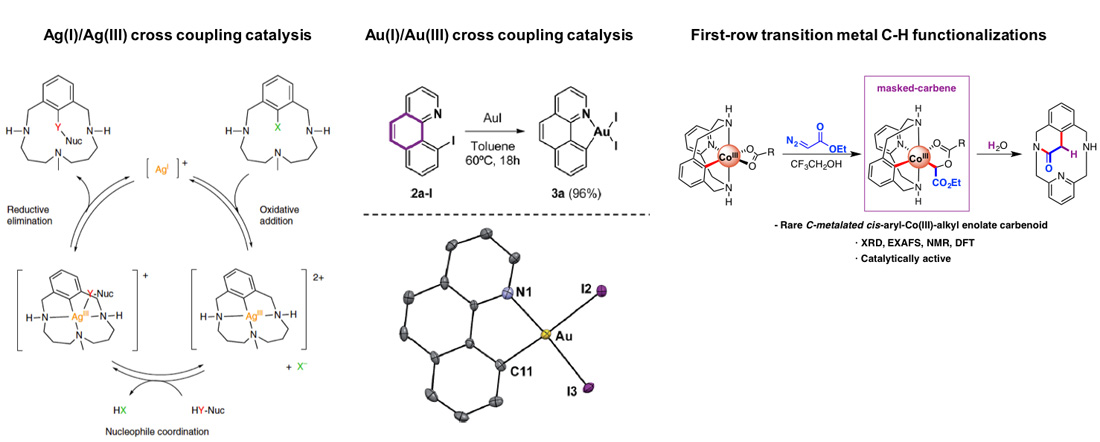
Catalysis in the confined space
The supramolecular design of 3D nanocapsules is pursued through metal-driven self-assembly, with potential applications as reaction nanovessels and supramolecular hosts. Along this strategy, we have been able to synthesize a variety of structures that include molecular nanosized squares and rectangles, helicates and trigonal and tetragonal prismatic nanocapsules. We have been able to demonstrate the effectiveness of asymmetric hydroformylation catalyzed by anchored Rh-catalysts using metalloporphyrin-containing tetragonal prismatic nanocapsules. Moreover, the host-guest properties of nanocapsules are currently being exploited in the purification of fullerenes and EMFs, and in their regioselective functionalization by taking advantage of the use of nanocapsules as supramolecular masks.
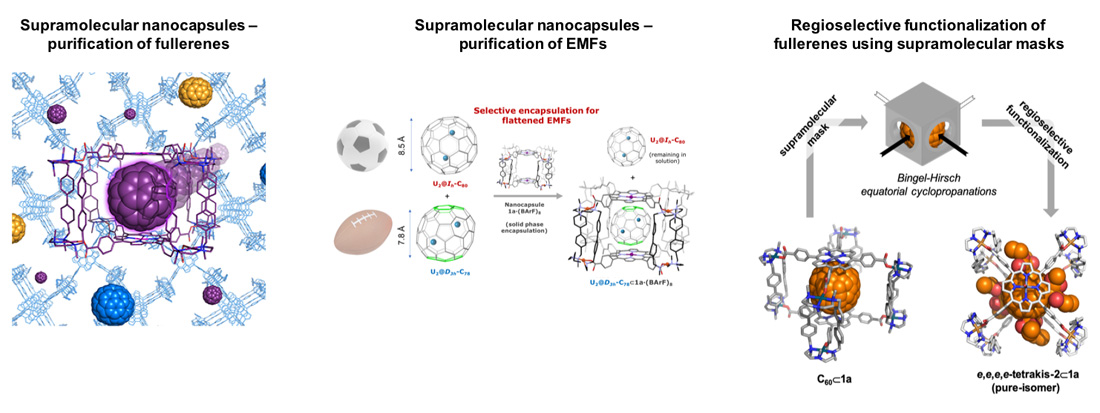
Xavi Ribas
Prof. Agregat

Carles Fuertes
Postdoc (BP)
Supervisor:
- M. Costas
- X. Ribas
Muthuramalingam Sethuraman
Postdoc (JdC-F)
Supervisor:
- X. Rivas
Piyush Piyush
PhD student (FPI)
Supervisor:
- X. Ribas
Clara Sabrià
PhD Student (FI)
Supervisor:
- F. Feixas
- X. Ribas
Judith Sala
PhD student (FI)
Supervisor:
- X. Ribas
Nora Alpuente
PhD Student
Supervisor:
- X. Ribas
Tània Pèlachs
PhD student (FPU)
Supervisor:
- X. Ribas
Valentina Iannace
PhD student (FPI)
Supervisor:
- X. Ribas
Project: Programa ICREA Acadèmia 2020
Researcher: Dr. Xavi Ribas
Reference: ICREA Acadèmia 2020
Funding: 205.000 €
Period: 01/01/2021 – 31/12/2025
Project: Funcionalización regioselectiva de moléculas esféricas con máscaras supramoleculares y síntesis bottom-up de nanografenos
Researcher: Dr. Xavi Ribas
Reference: PID2022-136970NB-I00
Funding: 281.250 €
Period: 01/09/2023 – 31/08/2026
Project: Beatriu de Pinós
Researcher: Dr. Carles Fuertes (X. Ribas)
Reference: 2022 BP 00078
Funding: 152.348 €
Period: 01/01/2024 – 31/12/2026
The IQCC from the Universitat de Girona is at the forefront of one
Since 2015 the IQCC is organizing a Science Slam. On Wednesday October 8th the IQCC
This month the Pla Serra Húnter from Government of Catalonia announced that Prof. Xavi Ribas, researcher
A team of scientists from ICN2 has managed to produce a type of

